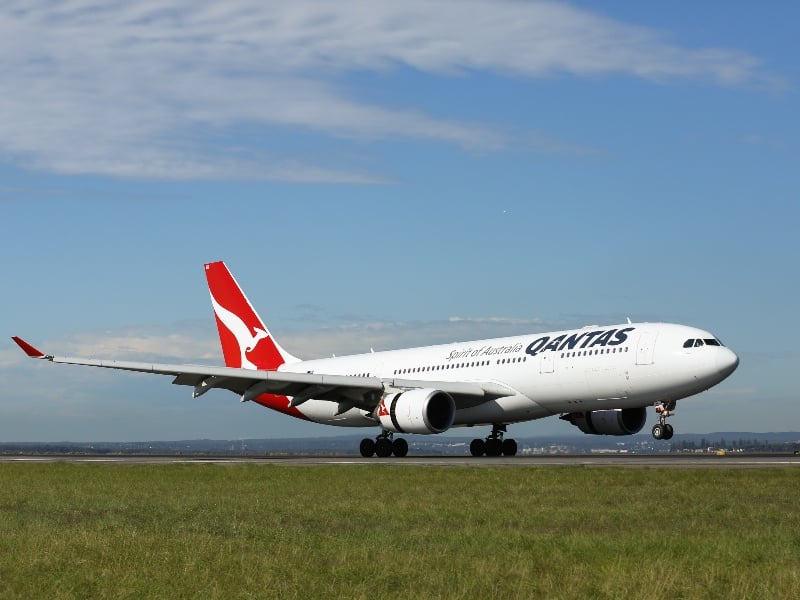The Cost of Operating a Flight

Ever wondered how much it costs a commercial airline to operate a flight?
It costs an airline just over $10,000 to fly a Boeing 737 from Sydney to Melbourne, meaning they need to make at least $60 in revenue from each seat to turn a profit. And it costs almost $200,000 to run an Airbus A380 on an ultra-long haul flight such as Qantas’ Sydney-Dallas route.
The exact price depends on a whole range of factors. Many of these change daily, such as the price of fuel, exchange rates and the weather. But a study by Dr William Swan and Dr Nicole Adler gives us a very good estimate.
Using this information, we calculated the cost of operating an aircraft on a range of different routes, and converted the amounts to Australian Dollars. These were the results:
| Aircraft type | Origin | Destination | Trip cost (AUD) | Average cost per seat (AUD) |
| Boeing 737 | Sydney | Melbourne | $10,510 | $60 |
| Airbus A330 | Sydney | Melbourne | $22,453 | $83 |
| Boeing 737 | Brisbane | Auckland | $22,234 | $128 |
| Boeing 737 | Sydney | Denpasar | $39,327 | $226 |
| Airbus A330 | Sydney | Denpasar | $52,690 | $194 |
| Airbus A380 | Sydney | Dallas | $178,284 | $368 |
Qantas recently upgraded its Sydney-Denpasar route (around a 6-hour flight) from a Boeing 737 to an Airbus A330. It’s interesting to note that, while the overall cost of running the A330 is higher, the cost per seat is lower. The opposite is the case on shorter routes like Sydney-Melbourne.
Keep in mind that airlines will generally carry freight as well as passengers. The freight contributes too to the revenue earned from the flight.
So, how can you calculate the cost of operating any flight for yourself?
In their 2006 paper titled “Aircraft trip cost parameters: A function of stage length and seat capacity”, published in the Transportation Research journal, Swan and Adler explain how they created two formulas for estimating the cost of operating a commercial flight in the United States. The costs are in US Dollars. There are separate formulas for short-haul flights operated by narrow-body aircraft, such as Boeing 737s, and long-haul flights on wide-body aircraft like Boeing 747s. The two formulas are needed because smaller aircraft can take off and land more efficiently, while long-haul aircraft are more efficient when cruising at altitude. The formulas take into account the flight’s distance and the number of seats on the aircraft.
This is the formula for a short-haul aircraft average trip cost:
([Distance in km] + 722) x ([number of seats on plane] + 104) x 0.019
And here is the formula for calculating a long-haul aircraft average trip cost:
([Distance in km] + 2200) x ([number of seats on plane] + 211) x 0.0115
The formulas account for the cost of one aircraft trip, considering costs including pilots, cabin crew, fuel, insurance, airport and air traffic control fees, maintenance and aircraft ownership costs. In reality, aircraft trip costs only account for 50-60% of an airline’s total operating costs – many of which are fixed. So the overall cost to an airline of operating a flight, taking all of the airline’s other expenses into account, is actually higher.
Of course, these costs are just averages. Newer aircraft may be more fuel efficient, some airlines may pay their staff less, and so on. Planes with high-density configurations – which are typically low-cost carriers – also have a lower operating cost on a per-seat basis.